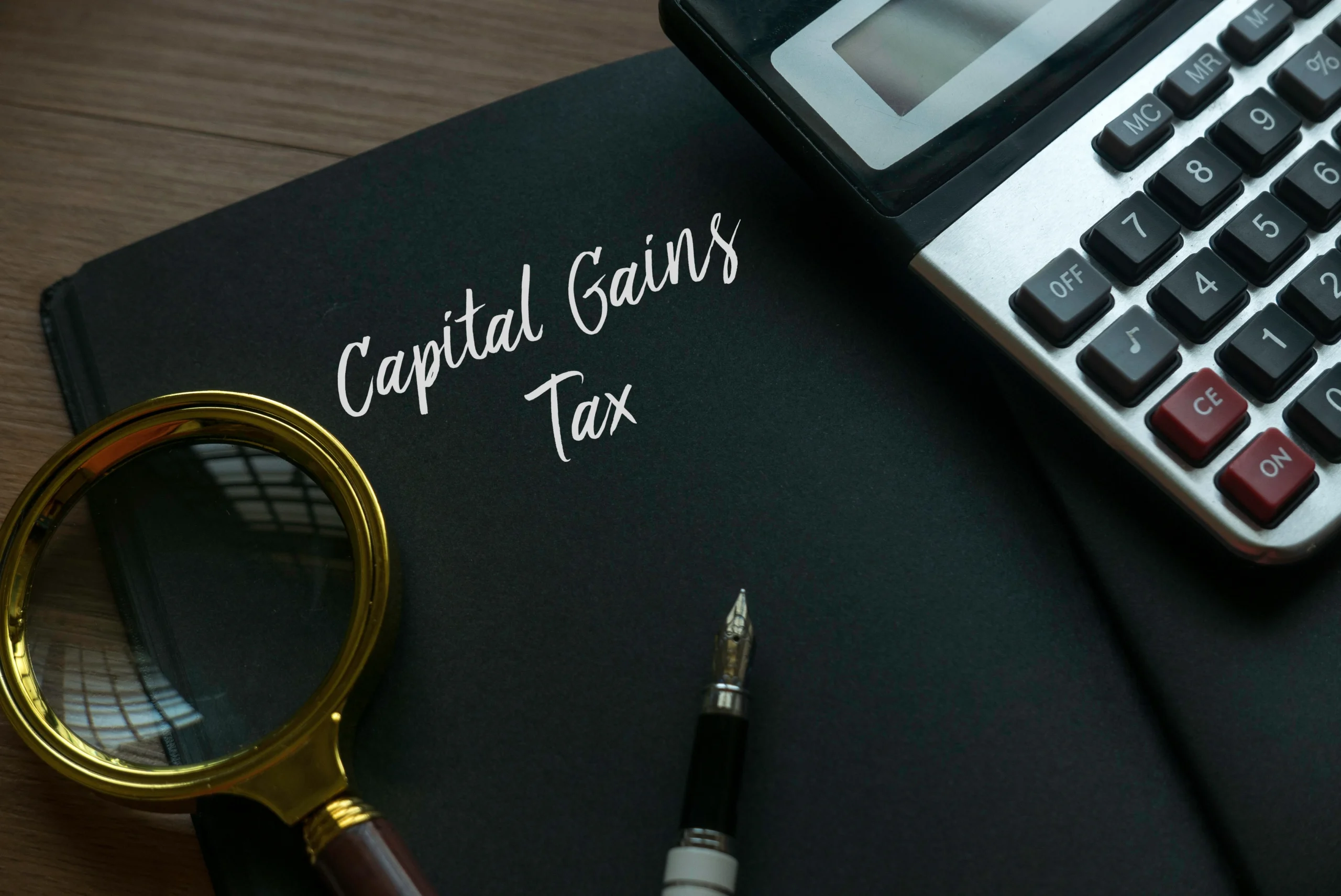Investing in real estate has always been a popular strategy for Australians to build wealth. Two key concepts that play a significant role in property investment are Capital Gains Tax (CGT) and negative gearing in Australia. Understanding how these two elements interact is crucial for making informed decisions in the real estate market. This article delves deep into the relationship between CGT and negative gearing in Australia, providing insights and actionable advice for both novice and seasoned investors.
What is Capital Gains Tax (CGT)?
Capital Gains Tax (CGT) is a tax imposed on the profit made from selling an asset that has appreciated in value over time. This includes assets like property, shares, and other investments. Essentially, if you sell a property for more than what it cost you, that excess amount is your capital gain, and you’re required to pay tax on that gain less any available concessions.
Negative Gearing Explained
Negative gearing is a financial strategy where an investor borrows money to buy an asset, such as property, with the aim of generating rental income. If the expenses associated with owning and maintaining the asset exceed the income it generates, it results in a “negative” cash flow. The investor can then use this loss to offset their taxable income and potentially reduce their overall tax liability.
The Interplay between Capital Gains Tax and Negative Gearing
When you own an investment property and spend more on it (like loan interest and maintenance) than you earn in rent, this is called negative gearing. You can use these losses to reduce your overall taxable income each year.
However, negative gearing doesn’t remove the need to pay Capital Gains Tax (CGT) when you sell the property. CGT applies to the profit you make on the sale. While negative gearing reduces your tax bill while you own the property, you’ll still have to pay CGT on any profit when you sell.
In short, negative gearing helps lower your taxes now, but you’ll need to plan for CGT later when you sell the property.

Maximising Benefits: Tips for Investors
Investors looking to optimise the relationship between CGT and negative gearing can consider the following strategies:
Long-Term Investment
Holding onto a property for more than 12 months can qualify investors for a 50% CGT discount, reducing the taxable capital gain by half.
Capital Improvements
Renovations and improvements can increase the property’s cost base, potentially lowering the overall capital gain when sold.
Rental Income Management:
Efficiently managing rental income and expenses can help maintain a property’s negative gearing status, enhancing tax benefits.
Offsetting Losses
If an investment property is generating ongoing losses, these losses can be used to offset other taxable income, further reducing the investor’s overall tax liability.
Navigating the Australian Real Estate Landscape
The relationship between CGT and negative gearing is influenced by various factors, including legislative changes, economic conditions, and market trends. Staying informed about these factors is crucial for making strategic investment decisions.
FAQs
Q: How does negative gearing affect my tax return?
A: Negative gearing can lower your taxable income by offsetting losses from property investment against other sources of income.
Q: Can I negatively gear any type of investment?
A: While negative gearing is commonly associated with property, it can apply to other investments, such as shares.
Q: What happens if I make a capital loss instead of a gain?
A: If you sell an asset for less than you paid for it, you incur a capital loss. This loss can be used to offset capital gains in future years.
Q: Are there any risks associated with negative gearing?
A: Yes, negative gearing carries risks for cashflow, especially if interest rates rise or rental income decreases. It’s essential to consider these factors before pursuing this strategy.
Q: Can I claim expenses incurred during the holding period?
A: Yes, expenses like property maintenance, insurance, and loan interest can usually be claimed as deductions to offset taxable income.
Q: How does the CGT discount work?
A: If you hold an investment property for more than 12 months, you may qualify for a 50% CGT discount, effectively halving your capital gains tax.
Final thoughts
Understanding the intricate relationship between CGT and negative gearing is a fundamental aspect of successful property investment in Australia. By utilising negative gearing strategies effectively and staying informed about CGT regulations, investors can maximise their returns and make informed decisions. Remember that seeking professional financial advice tailored to your situation is essential for navigating this complex landscape.
Are you ready to take control of your capital gains tax? Do you want to know exactly what’s happening with your property so you can make informed decisions that minimise how much you pay? With TaxTank’s Property Tank, you’ll know exactly where you stand at any time. Join TaxTank free for 14 days and revolutionise your relationship with CGT and negative gearing.





